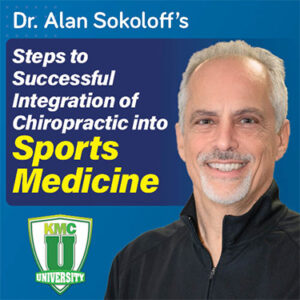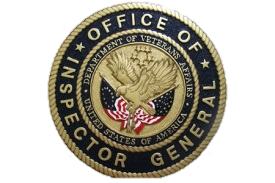Webinar Recording | ICD-10 Updates
View this recording to hear about significant payer updates and ICD-10 diagnosis code changes relevant to chiropractic.


This Documentation Gap Analysis allows us to evaluate the significant components of your current Documentation program. It should take less than 5 minutes to complete.

Sometimes you need more than a self-service, on-demand program and need an expert to analyze your issues, train the corrections, and help you implement the changes, so they stick

This course explains the significant role chiropractic care can play in the sports industry and how a DC can succeed as a Sports Chiropractor. Start your steps to success here!

The most effective chiropractic OIG compliance programs are scaled according to the size of the practice!
View this recording to hear about significant payer updates and ICD-10 diagnosis code changes relevant to chiropractic.
Join us for this training session to hear about significant payer updates and ICD-10 diagnosis code changes relevant to chiropractic.
A proper Evaluation and Management service should include a review of the relevant body systems that could affect the patient’s care outcome or current complaint. This can help identify complicating factors or contraindications for the patient’s treatment.
It is that time of year again. The updated codes for ICD-10 have rolled out. Time to locate the codes within your practice management software and update the data with the new code offerings after September 30, 2024.
It’s essential to prepare for this upcoming change to ensure compliance and uninterrupted patient care. Make sure to familiarize yourself with the new requirements and utilize the resources provided by Optum to facilitate a seamless transition.
The treatment plan is the foundation of ongoing excellent documentation.
Check out this Hot Topics video from the HelpDesk to learn the difference between a Care Plan, a Treatment Plan, and a Payment Plan.
You can’t simply overwrite something, use White-Out, or scribble it out with a Sharpie to amend the record. When you need to change, add, or delete something from the documentation rendered at the time of service, you must follow specific guidelines.
In this informative video, KMC explains how to properly add treatments to a patient’s plan, even if they were initially overlooked.
One of the most common questions we get is whether regular re-evaluations are “required” for justifying ongoing, medically necessary care. Some say, “I heard that…